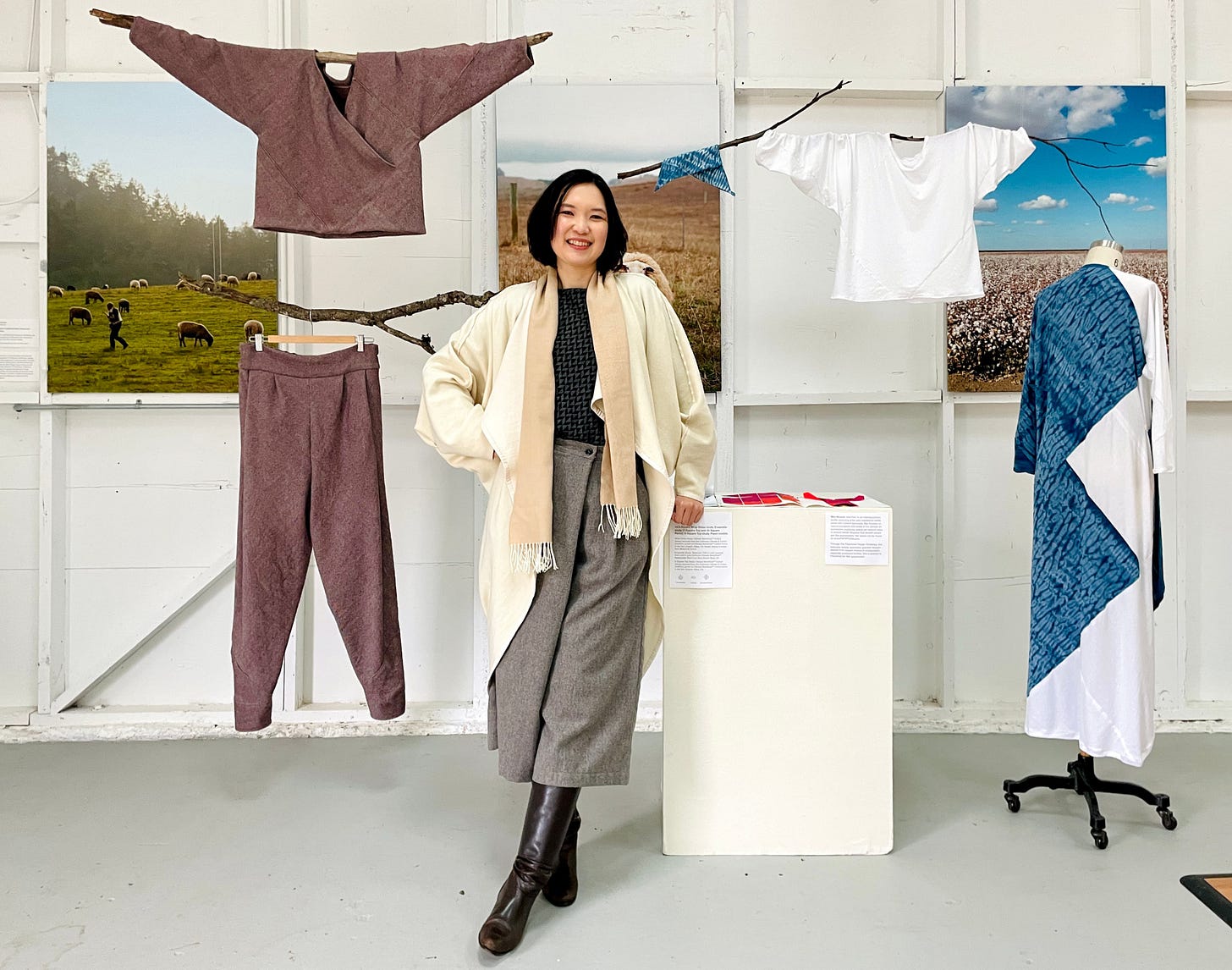Exploring Square-Based Garments
As seen at Fibershed Design Challenge final showcase
When my weaving teacher gave me a copy of the “Origami Update” article by Marina O’Connor (Handwoven, March/April 1996) several years ago, I didn’t realize how much inspiration I would continuously glean from the article. The six-square top design is so straightforward and attractive; …
Keep reading with a 7-day free trial
Subscribe to Fafafoom Studio Newsletter to keep reading this post and get 7 days of free access to the full post archives.



